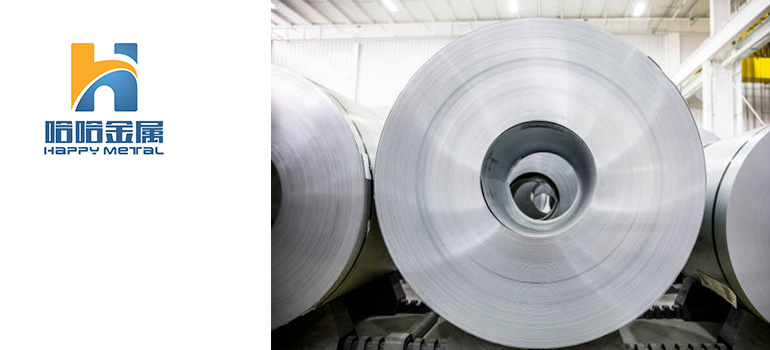Summary:
What is Cold Rolling Stainless Steel? Unveiling the Process and Advantages
Understanding the Cold Rolling Process
Advantages of Cold Rolling Stainless Steel
Applications of Cold-Rolled Stainless Steel
In the dynamic world of stainless steel manufacturing, the process of cold rolling plays a pivotal role in shaping and enhancing the properties of this versatile material. let’s delve into the intricacies of cold rolling stainless steel, exploring its significance, the underlying process, and the myriad advantages it brings to the table.
Stainless steel, known for its corrosion resistance and durability, undergoes various manufacturing processes to achieve desired properties. Cold rolling stands out as a key method, contributing to the metal’s structural integrity and surface finish.
Understanding the Cold Rolling Process
Initial Preparations
Before delving into the cold rolling process, stainless steel undergoes a series of preparatory steps. The material is first melted and cast into large slabs or billets, forming the foundation for subsequent manufacturing phases.
Reduction of Thickness
Cold rolling primarily involves reducing the thickness of stainless steel sheets or coils. The material passes through a set of rollers at room temperature, exerting pressure to decrease its thickness gradually. This process imparts a refined and uniform thickness, a crucial factor in achieving the desired mechanical properties.
Precision and Consistency
Unlike hot rolling, where the material is processed at elevated temperatures, cold rolling ensures precision and consistency. The cold working of stainless steel at room temperature results in improved dimensional accuracy, surface finish, and overall mechanical properties.
Advantages of Cold Rolling Stainless Steel

Improved Mechanical Properties
Cold rolling enhances the mechanical properties of stainless steel, including tensile strength, hardness, and yield strength. The controlled deformation at lower temperatures refines the metal’s microstructure, contributing to its overall strength and toughness.
Superior Surface Finish
One of the standout features of cold-rolled stainless steel is its exceptional surface finish. The process eliminates imperfections and irregularities present in the initial stages, resulting in a smooth and polished surface. This makes cold-rolled stainless steel highly desirable for applications where aesthetics matter, such as architectural and decorative uses.
Tighter Tolerances
Precision is paramount in many industries, and cold rolling delivers with tighter tolerances. The controlled reduction in thickness ensures uniformity, making cold-rolled stainless steel sheets or coils suitable for applications where precise dimensions are critical.
Increased Work Hardening
Cold rolling induces work hardening in stainless steel, contributing to its durability and resistance to deformation. This property is particularly valuable in applications where the material is subjected to repeated stress or forming processes.
Cost-Efficiency
While the initial investment in cold rolling equipment may be higher, the long-term benefits often outweigh the costs. The improved properties and surface finish of cold-rolled stainless steel can result in cost savings during subsequent manufacturing processes and in the final product’s performance.
Applications of Cold-Rolled Stainless Steel
Automotive Industry
Cold-rolled stainless steel finds extensive use in the automotive sector for manufacturing components such as body panels, trim, and exhaust systems. The material’s enhanced strength and surface finish contribute to the overall durability and aesthetic appeal of vehicles.
Construction and Architecture
Architects and builders appreciate cold-rolled stainless steel for its sleek appearance and corrosion resistance. It is commonly employed in construction projects for roofing, cladding, and interior design elements.
Consumer Goods
The consumer goods industry utilizes cold-rolled stainless steel for various products, including appliances, kitchenware, and furniture. The material’s aesthetic appeal and resistance to corrosion make it a preferred choice for manufacturers and consumers alike.
In conclusion, the cold rolling of stainless steel stands as a transformative process that elevates the material’s properties, opening doors to diverse applications across industries. From improved mechanical strength to superior surface finishes, the advantages of cold-rolled stainless steel underscore its indispensable role in modern manufacturing. As industries continue to evolve, the mastery of cold rolling techniques ensures that stainless steel remains a cornerstone material, embodying strength, durability, and aesthetic appeal.




